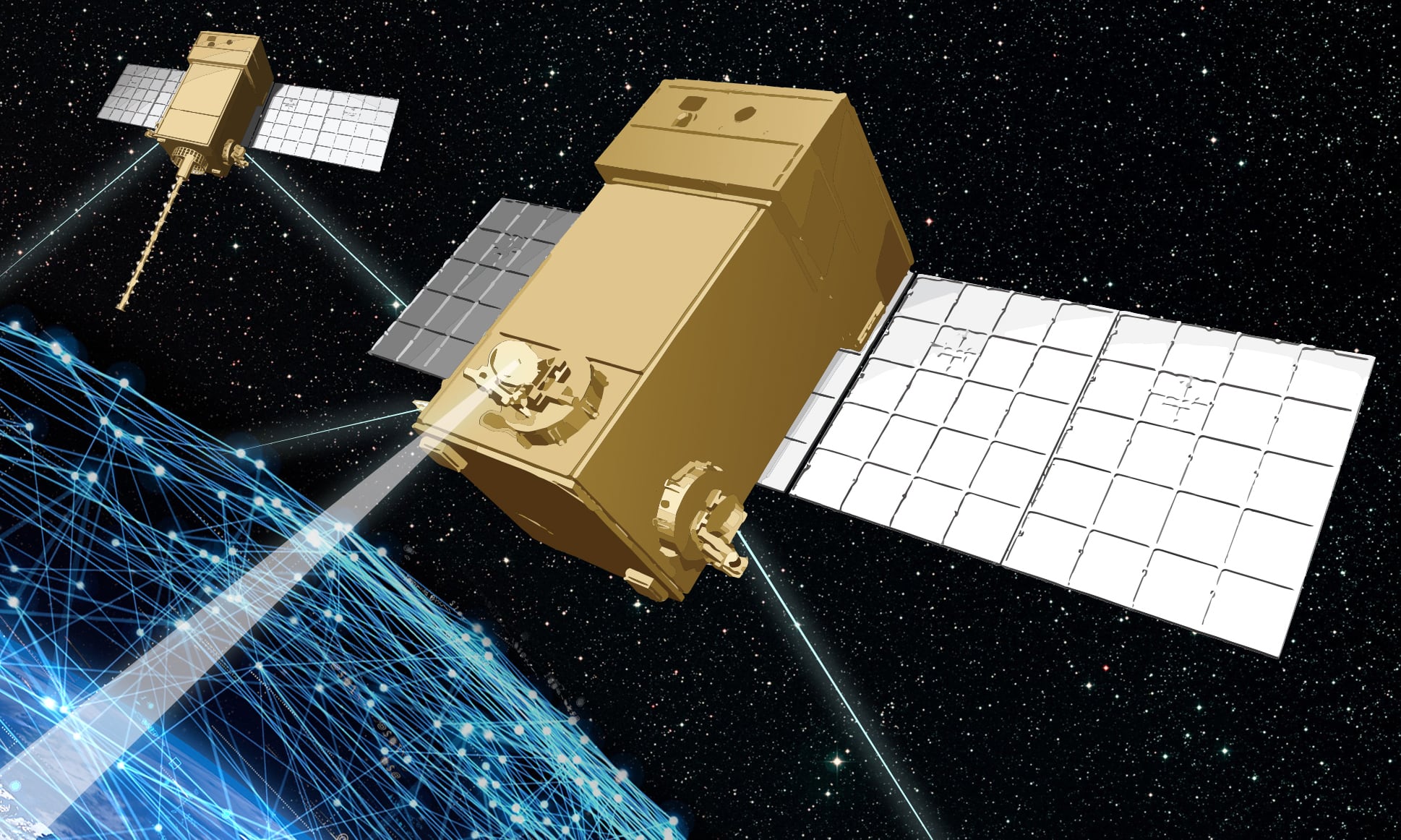1. The Defense Department updated data-breach reporting rules for contractors.
With a second version of Network Penetration Reporting and Contracting for Cloud Services, Pentagon officials on Dec. 30 relaxed some rules after industry said it needed more time., "We need more time." Previously, contractors were expected to report it immediately upon winning a contract if they weren’t up to par with certain National Institute of Standards and Technology security controls. Contractors also need measures like multistep login procedures for systems, which had to be in place by June 2016. While DoD wants all the security requirements met as soon as possible, the new deadline is the end of 2017.https://www.federalregister.gov/articles/2015/12/30/2015-32869/defense-federal-acquisition-regulation-supplement-network-penetration-reporting-and-contracting-for
2. DoD multi-year contracts got some extra scrutiny.
In a proposed rule published Dec. 30 in the Federal Register, Congress would set criteria for DoD agencies to meet before entering into, and terminating, multi-year contracts. Those requirements include not paying contractor before costs are incurred and giving Congress a 30-days heads-up before terminating any multi-year contract. The measures are part of broader cost-cutting efforts laid out in the 2015 National Defense Authorization Act. https://www.gpo.gov/fdsys/pkg/FR-2015-12-30/html/2015-32873.htm
3. The DoD CIO issued a new IT services memo.
On Dec. 24, DoD CIO Terry Halvorsen released a new DoD IT Services Management instruction to standardize IT services, set up ways to measure effectiveness and further develop and promote DoD enterprise IT capabilities. It also lays out responsibilities for DoD offices and outlines how they and the DoD CIO will execute on the DoD Enterprise Service Management Framework – basically the new(ish) blueprint for the Joint Information Environment. http://www.dtic.mil/whs/directives/corres/pdf/844001p.pdf
4. The DoD CIO got dinged on cloud definitions.
In an audit released Dec. 28, DoD Inspector General found that a lack of specific definitions for cloud, as well as an integrated repository with detailed cloud contract data, make it tough to measure savings and standardize cloud services across the military. The DoD CIO office didn’t really agree but has to hand over more answers to the IG by Jan. 27 anyway. http://www.c4isrnet.com/story/military-tech/2016/01/05/ig-dod-cloud-benefits-hazy/78318588/
5. DISA and Army clamped down on email inboxes.
Following through on promises made earlier this summer, officials at the Defense Information Systems Agency and the Army said Jan. 4 they’re enforcing limits on email inbox sizes. When users rack up too many messages, they’ll get a warning and eventually not be able to send email until they do a clean-up. The move is to streamline operations and costs, officials said. http://www.army.mil/article/160600/Enforcement_of_Defense_Enterprise_Email_Mailbox_Size_Limit_Underway/
6. The Navy released a second request for information for NGEN.
The current NGEN contract, which manages the service’s massive Navy-Marine Corps Intranet-slash-most of its major IT services, doesn’t expire until 2018, but the Navy wants to get ahead. The RFI, the second one to come for the follow-on contract, focuses on end-user hardware and asks industry for feedback on the best ways to buy it.http://www.c4isrnet.com/story/military-tech/it/2016/01/06/navy-ngen-recompete-rfi-seeks-hardware-input/78362754/
7. The Air Force asked for feedback on a tactical cloud.
The service wants airmen to be able to access data in the cloud regardless of connectivity. In their words, they’re looking for "experimental instantiations of the managed aerial layer network employing dynamic cloud capabilities that do not rely solely on satcomSATCOM or ground entry points, but may operate for up to seven days without intervention." http://www.acq.osd.mil/osbp/sbir/solicitations/sbir20161/af161.html
8. The General Services Administration is sinking big money into satcomSATCOM.
GSA on Dec. 29 issued a new $2.5 billion issued a request for proposals for its Complex Commercial Satellite Communications Solutions, or CS3. The vehicle will provide contracts for buying complex, customized commercial SATCOM capabilities; DISA is handling the military side of things. https://www.fbo.gov/index?s=opportunity&mode=form&id=d508efff971d2325c287151dbe8e66da&tab=core&_cview=0
9. The Chief of Naval Operations envisions superiority.
He took over as Chief of Naval Operations in September, and on Jan. 5 Adm. John Richardson issued his "Design for Maintaining Maritime Superiority," outlining his priorities over the next four years. In the guidance Richardson describes the evolving strategic environment and targets expanding partnerships, the Navy of the future and strengthened naval power, including advancing information warfare. http://www.navy.mil/cno/docs/cno_stg.pdf








